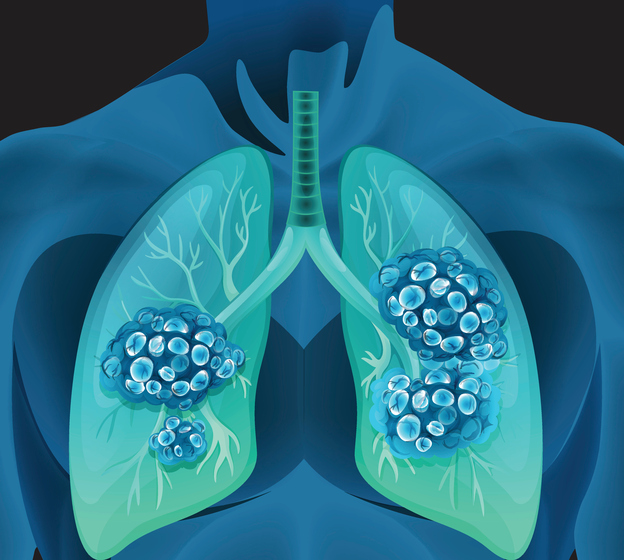Johnson & Johnson released new studies this month examining the efficacy of robotic-assisted bronchoscopy (RAB) delivered through its Monarch platform. The research, presented at the American College of Chest Physicians’ annual conference, found that RAB reaches smaller and harder to reach pulmonary nodules, boosts diagnostic yield and increases biopsy success.
With its minimally invasive approach and robotic assistance, the Monarch platform seeks to help doctors reach distal parts of the lungs that were previously much more difficult to access with conventional bronchoscopes. Lung cancer often develops within hard-to-access areas of lung tissue, so the Monarch system’s goal is to enable detection and diagnosis at an earlier stage.

With the Rise of AI, What IP Disputes in Healthcare Are Likely to Emerge?
Munck Wilson Mandala Partner Greg Howison shared his perspective on some of the legal ramifications around AI, IP, connected devices and the data they generate, in response to emailed questions.
The new research found that the system helped physicians achieve an over 15% improvement in overall diagnostic yield compared to traditional bronchoscopy. This could mean that fewer patients will have to “wait and see” while their cancer potentially gets worse.
Non-RAB options for bronchoscopy require a trade-off between effectiveness and complications. Transthoracic needle aspiration usually produces a high diagnostic yield, but this method also has high complication rates and can’t accurately determine a patient’s stage of cancer. Electromagnetic navigation has low complication rates, but going this route also means low diagnostic yields.
MedCity News asked Johnson & Johnson how much more expensive RAB is compared to the current standard of care for bronchoscopy, but the company declined to answer.
Johnson & Johnson says its Monarch system was the first multispecialty, flexible robotic device to be marketed for use in bronchoscopy. The platform was made commercially available in 2018 to help physicians biopsy nodules and diagnose lung cancer with better precision. It is now used at more than 180 hospitals, and physicians have performed more than 35,000 bronchoscopy procedures with the system since its launch.
The new research sought to determine how well the Monarch platform can sample small lesions that are relatively far away from the bronchial tubes. One study was designed to evaluate the system’s diagnostic yield and sensitivity for malignancy when used in a community setting. It was conducted at three community hospitals operated by Franciscan Health, Sarasota Memorial Health Care System and Spectrum Health.
The study found that the Monarch system reached the targeted lesion in 98.1% of cases, with a mean procedure time of 43.1 minutes. As a result, the total number of transbronchial biopsy procedures increased from 35 in 2018 to 199 and 246 in 2020 and 2021, respectively. New patients who were referred by physicians who were unaffiliated with the hospital system were a key contributor to growth.
“As robotics and digital technologies continue to prove their safety and efficacy, we have great opportunity to improve surgical workflows and reinvent the way patients experience treatment. We’ve now seen in real-world settings that robotic-assisted bronchoscopy is changing the way physicians are approaching suspected lung lesions, which may lead to earlier diagnosis and treatment,” said Adrian Whitford, president of the Monarch system at Johnson & Johnson’s medtech division.
The Monarch platform’s main competitor is Intuitive Surgical’s Ion system. Johnson & Johnson said the Monarch system differentiates itself because it is designed to provide vision throughout the procedure and is the only robotic solution that can be used in both bronchoscopy and urology.
Photo: blueringmedia, Getty Images















